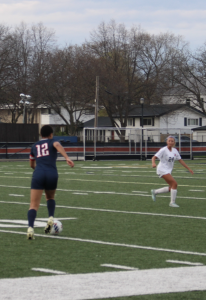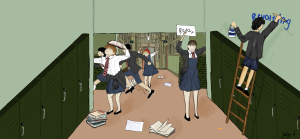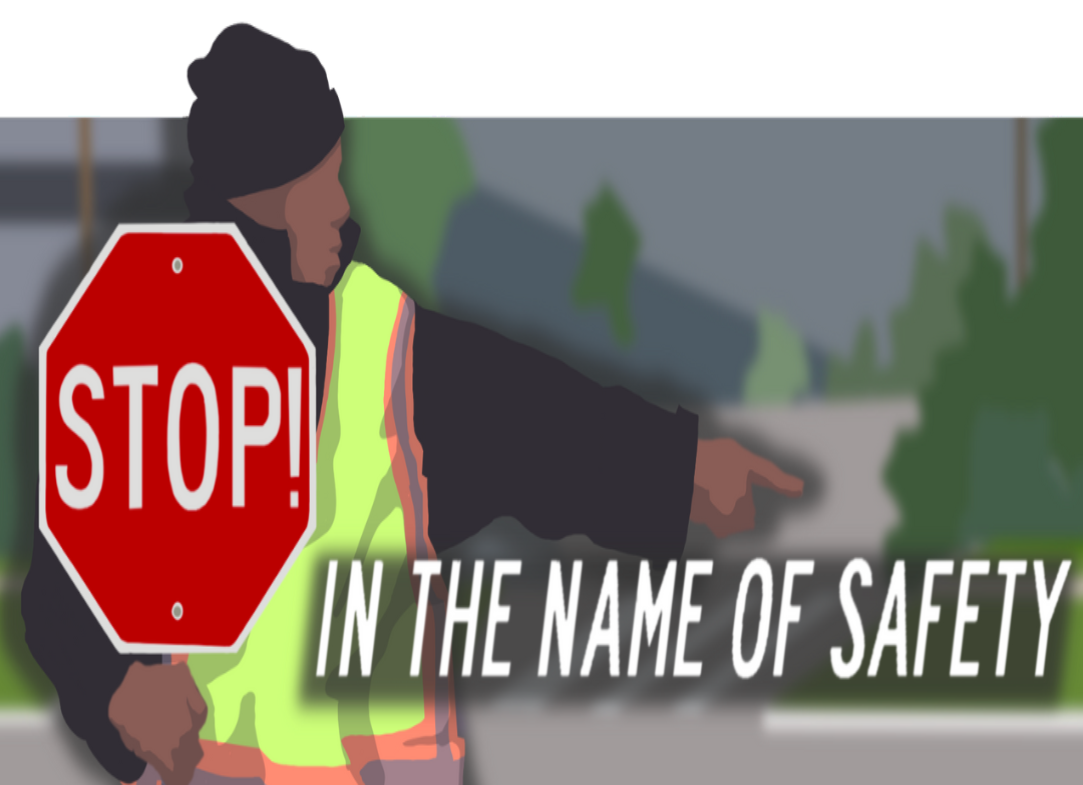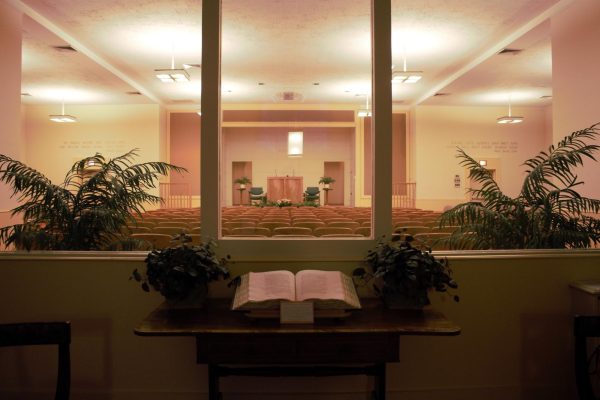Students and teachers reflect on RAD self defense program
April 26, 2019
The RAD self defense program used in female P.E. classes results in a variety of different experiences for everyone participating in the course.
RAD [Rape Aggression Defense] includes a packet, as well as self-defense practice overseen by P.E. teachers who have been professionally trained by certified RAD instructors. Luella Gesky, a female P.E. and Senior Leadership teacher, introduced RAD into the curriculum five years ago. Before RAD, ETHS used an in-school developed program to teach self-defense.
“[I chose] this specific program, because it’s backed by years of research. It’s specifically designed for the ways that women are attacked,” Gesky says. “It is a nationally recognized program.”
The unit is designed to teach students how to defend themselves from different types of physical attacks and about ways to minimize victimization.
“It’s better to be prepared if it does [happen], and for people who have been through things, this can be a therapeutic type of environment, in which you can gain some power back; you feel more empowered to do something or have skills that you can use if something were to happen again,” Gesky says.
However, the RAD packet does not include a trigger warning for its audience, nor are the teachers instructed to provide a trigger warning for their students.
Taking part in a program that depicts potentially traumatic scenarios without a proper trigger warning can have detrimental effects on students’ wellbeing. A classroom environment that is triggering can also create a unit in which students will not walk away with the knowledge that others will gain.
Freshman Naomi Eboigbe states, “just based off of my personal experiences, it was kind of triggering, because of the way [the instructor] talked about certain things. It just didn’t make me feel any better. It made me feel more nervous.”
Gesky stresses female empowerment through basic self defense techniques, such as the ability to properly throw a punch.
Amy Gonzales in conversation with Gesky and Victoria Cetina, P.E. teachers, stated, “all Freshman PE teachers stress the importance and the seriousness of the unit on day 1, thus creating a positive environment in which the content is taken seriously.”
“The power that I see the girls [are] able to exhibit, like the way that they are now able to throw a punch, the way that they are able to use their voices powerfully, and recognize all of the tools that they have, I think that is useful,” Gesky says.
However, among the different teachers, classes have different focuses throughout the unit. The RAD curriculum teaches self-defense techniques and strategies in response to specific types of attacks. This includes responses to attacks from different directions, as well as in a variety of outside locations.
“In our specific class, it was more of just learning how to defend ourselves and not just learning how to throw a punch or something like that,” freshman Kiki Martinez says. “Our teacher was more specific about what to do if a certain situation happens. Instead of staying there for a punch, you just run.”
In our [Eden and Jojo’s] experiences, we only learned techniques that were included in the RAD program; we did not learn techniques such as the proper way to throw a punch.
The packet consists of scenarios in which females are attacked or violated, but life safety tips are also included.
“It is the combination of the packet, skill development and student receptiveness that will empower the students,” Gonzales, in conversation with Gesky and Cetina says. “Students may come into the unit thinking, ‘I wouldn’t be strong enough to do this,’ but walk out knowing that isn’t true.”
However, some see problems within the messages of the packet.
“There was something about how you need to get thicker curtains so that people can’t see through your windows and I was feeling like, ‘why not teach people not to look through windows?’ Why do I need thick curtains?” freshman Carmen Tracy-Amoroso says.
The message of the packet puts emphasis on women altering their lifestyle to avoid an attack, which can contribute to a culture of victim shaming.
The RAD packet focuses on situations that, for some students, seem unlikely. One of the situations included is an altercation with a stranger in a dark alley at night. However, the issue of sexual assault within close relationships seems more prevalent to some female students.
“There was no mention in the packet of what happens if someone close to you is threatening you or attacking you in any way,” Tracy-Amoroso says.“It was just about strangers, and statistically it’s more likely that one of your family members or close friends will assault you.”
According to the National Sexual Violence Resource Center, 90 percent of female rape survivors know their attacker as an acquaintance or a family member.
Although some of the self defense tactics can be used in this situation, the RAD curriculum doesn’t cover how to handle unsafe encounters in which the offender is someone you know. The RAD program focuses on the 10 percent of perpetrators that are strangers to the victim, which enables teachers to pick what information they present.
According to Martinez, “[My teacher] had a broad perspective. She said, ‘it can be your closest friend.’ But we just learned how to defend ourselves. We didn’t learn how to speak up. And that’s one of the hardest things to do.”
If in need of someone to talk to, students and families can reach out to the Northwest CASA 24 Hour Confidential Hotline at 1-888-802-8890. The hotline is intended for survivors of sexual assault and anyone supporting survivors of sexual assault.




















